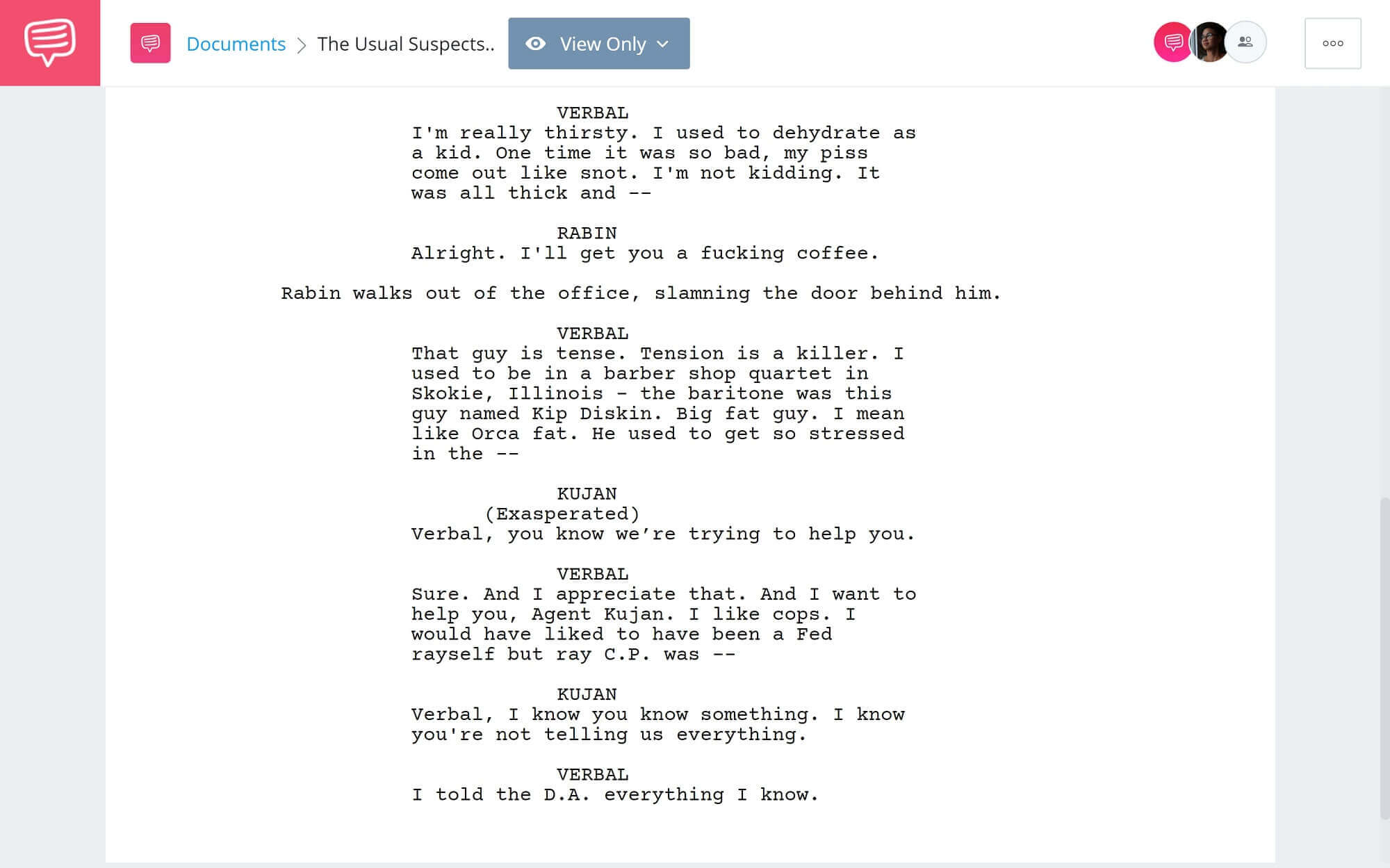
While Douglass’ description and presentation of an actual manuscript attest to the validity of the story he is about to read, the structure of the novel has become convoluted by the time the novel even reaches Chapter I. There is no doubt as to the origins of the manuscript, and Douglass’ refusal to tell the story from memory assures the audience (both within the text and those reading the novel as a whole) that he is accurately recounting the events of the story. By including the extensive physical description of the manuscript, James effectively establishes Douglass as a credible source. This passage tells the reader that Douglass has in his possession a physical copy of the story, and that it was written by another person. This selection is provided to reestablish both Douglass’ credibility and that of the novel. She sent me the pages in question before she died” (James 24). Douglass notes that the manuscript “is in old faded ink and in the most beautiful hand…. To achieve this effect, James has the character of Douglass provide an extensive back-story for his tale. Because so many questions are raised at the beginning of the novel, the physical description of the manuscript and the story that surrounds it need to be convincing before the reader can trust the story.

With an unknown narrator and a questionable party atmosphere, the story that is to be told for the remainder of the novel seems to have lost its credibility even before it began.

Because the party within James’ story revolves around tale-telling and ghost stories in particular, the reader has to wonder whether the story provided by Douglass that will consume the rest of the novel proper is being told merely as entertainment for the party or as a retelling of actual events. Coupled with the lack of information provided about the narrator, the atmosphere of the first scene creates questions.

Relayed through the perspective of an unknown first-person narrator, the reader receives no information on the storyteller, other than the fact that he or she is in attendance at a Christmas party where stories are being told for entertainment. This analysis suggests that while the unreliable narrator is not exclusive to American fiction, the qualities it brings to novels make it especially appealing to the American mind.įrom the opening lines of James’ novel, the credibility of the text is suspect. Henry James’ The Turn of the Screw and Herman Melville’s Billy Budd: Sailor contain multiple examples of how the unreliable narrator can be used and interpreted. Narrators of questionable credibility are common in American literature, forcing readers to think for themselves and make decisions about what to believe.


 0 kommentar(er)
0 kommentar(er)
